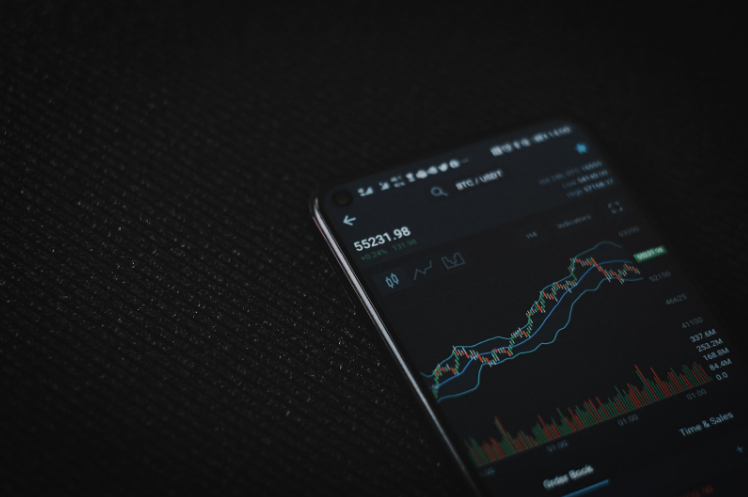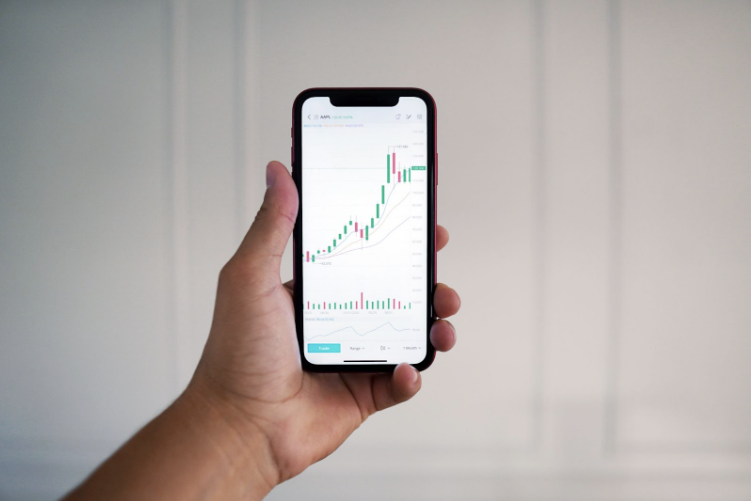
In today’s fast-paced financial markets, automation is becoming the go-to strategy for both novice and seasoned traders. In particular, the use of a trading bot in forex trading has surged in popularity. These intelligent bots work around the clock, analyzing market trends, and executing trades, allowing traders to sleep peacefully at night. If you’ve been considering diving into this fascinating world of automated trading, then this guide is for you. We will consider the definition and main features of trading bots, discuss the facts and examples that underscore their potential, and explore the key steps in creating one.
Understanding the Forex Trading Bot
Before diving into the creation process, it’s important to understand what a forex trading bot is. Essentially, it’s a piece of software programmed to analyze currency exchange market data and make trading decisions based on preset rules or strategies. These bots can execute trades faster and more efficiently than human traders.
Key Features of a Trading Bot
Here are some of the trading bot key features to be aware of.
- Automated Trade Execution. Trading bots can analyze market data, identify trading opportunities based on pre-set strategies, and execute trades – all in real-time and without human intervention.
- Market Analysis. Trading bots have the capability to process vast amounts of market data quickly and efficiently. They can analyze currency price movements, trends, and patterns, utilizing a variety of technical analysis tools such as charts and indicators.
- Backtesting. The feature of backtesting trading strategies using historical market data enables traders to evaluate the performance and feasibility of a strategy before applying it in live markets.
- Risk Management. A well-designed trading bot should include features for risk management, such as setting stop-loss and take-profit orders.
- Customization. While using robust trading bots traders can adjust parameters, trading rules, and strategies to align with their trading goals and risk appetite.
- Compatibility. Trading bots should be compatible with different trading platforms and brokers. This gives the flexibility to switch platforms or brokers without having to rewrite the bot’s code.
- Security. Given the sensitive nature of trading, a forex trading bot must have robust security measures in place to protect your financial information and trading activities.
Key Steps to Build Your Own Forex Trading Bot

If you are interested in creating your own trading bot, there are several important steps to consider. Let’s have a closer look at them.
1. Choosing the Right Platform
The first step in creating a forex trading bot is choosing the right platform for bot development. Platforms like MetaTrader 4 (MT4) or MetaTrader 5 (MT5) are popular choices due to their extensive support for automated trading. They provide a language called MetaQuotes Language (MQL), similar to C++, allowing you to program your bot. Other platforms like cTrader also offer advanced bot development features.
2. Developing a Trading Strategy
The effectiveness of a forex trading bot is deeply rooted in the trading strategy it’s programmed to follow. Therefore, prior to rolling up your sleeves and diving into the coding process, it’s crucial to first formulate a solid and efficient trading strategy. Your strategy can encompass a variety of technical indicators such as moving averages, stochastic oscillators, and the Relative Strength Index (RSI), to name a few. Remember, a well-crafted strategy is the backbone of a successful forex trading bot.
Consider the example of a simple moving average crossover strategy. Your bot can be programmed to execute a buy order when the 50-day moving average crosses above the 200-day moving average, signaling an upward trend. Conversely, it would execute a sell order when the 50-day moving average crosses below the 200-day moving average, indicating a potential downward trend.
3. Coding the Bot
Now comes the technical part — coding the bot. Using the chosen platform’s scripting language, you’ll code the bot to execute your trading strategy. This includes defining the trading conditions, order types, and risk management measures like stop loss and take profit points.
Remember, a good trading bot should also handle anomalies and edge cases, making error handling an essential part of the coding process
4. Backtesting the Bot
Before letting your bot loose on live markets, it’s crucial to backtest it using historical forex data. This can help fine-tune your trading strategy and identify any issues with the bot. Backtesting can be done within the trading platform itself.
Live Trading and Monitoring
After successful backtesting, your forex bot is ready for live trading. However, regular monitoring is still required to ensure it is functioning as expected and to make necessary adjustments in response to changing market conditions.
Risks and Considerations
While forex trading bots can be profitable, they also come with certain risks. Over-reliance on automated systems could lead to overtrading, and the potential for technical issues could disrupt trading activities. Moreover, it’s crucial to be aware that past performance is not necessarily indicative of future results. Regularly updating and refining your bot’s strategy is crucial to keep pace with changing market conditions.
Conclusion
To summarize, a forex trading bot can be a valuable asset for traders, enabling them to operate seamlessly in the market 24/7, make unbiased trading decisions, and execute trades swiftly and accurately. Nevertheless, constructing a successful trading bot mandates a strong comprehension of forex markets, a well-defined trading strategy, and proficiency in programming.
It is important to remember that while trading bots can assist in managing and streamlining the trading process, they do not guarantee profits. Market conditions can swiftly change, rendering a previously effective strategy ineffective. Regularly reviewing and adjusting the bot’s strategy is crucial to ensure its continued effectiveness.
